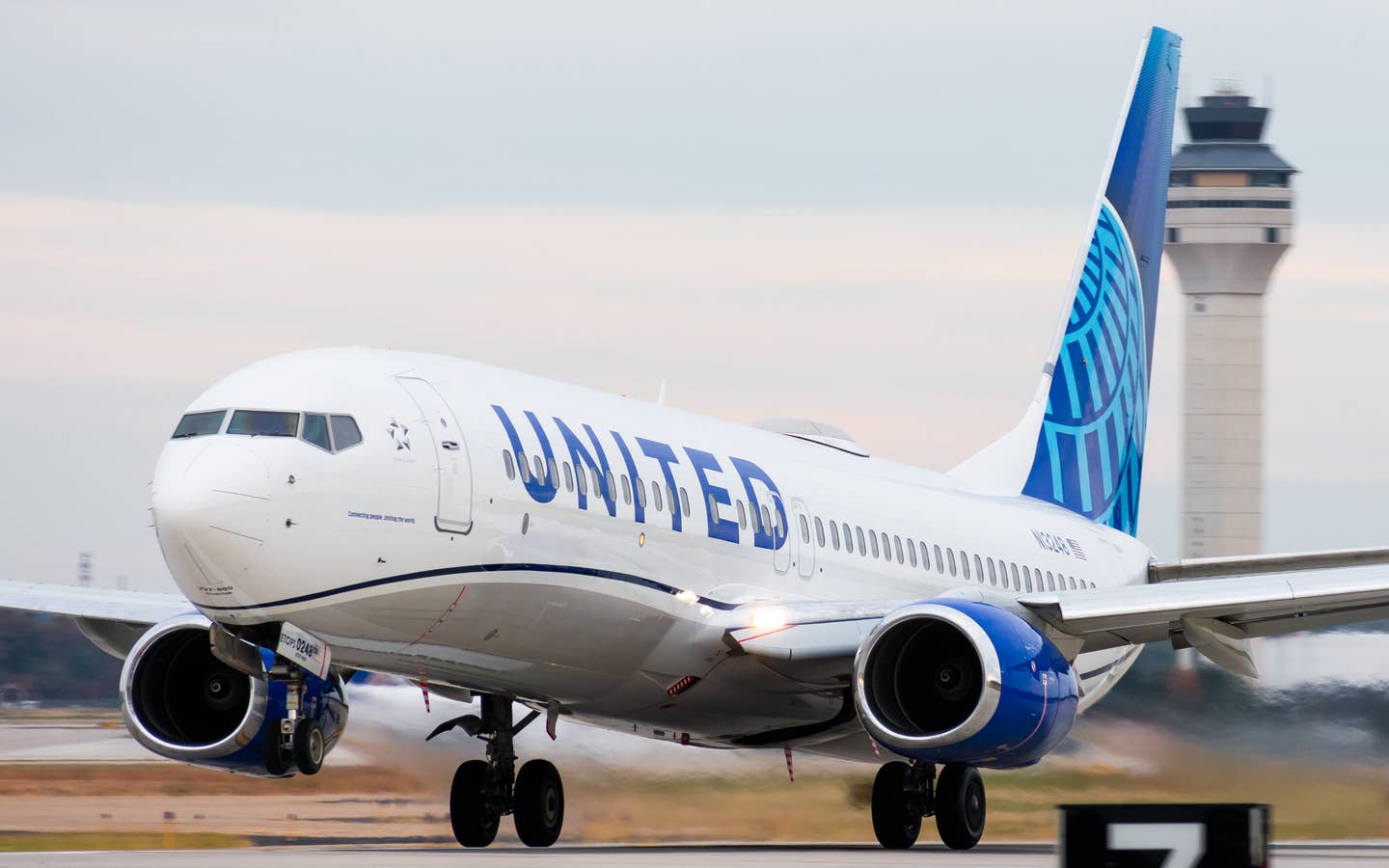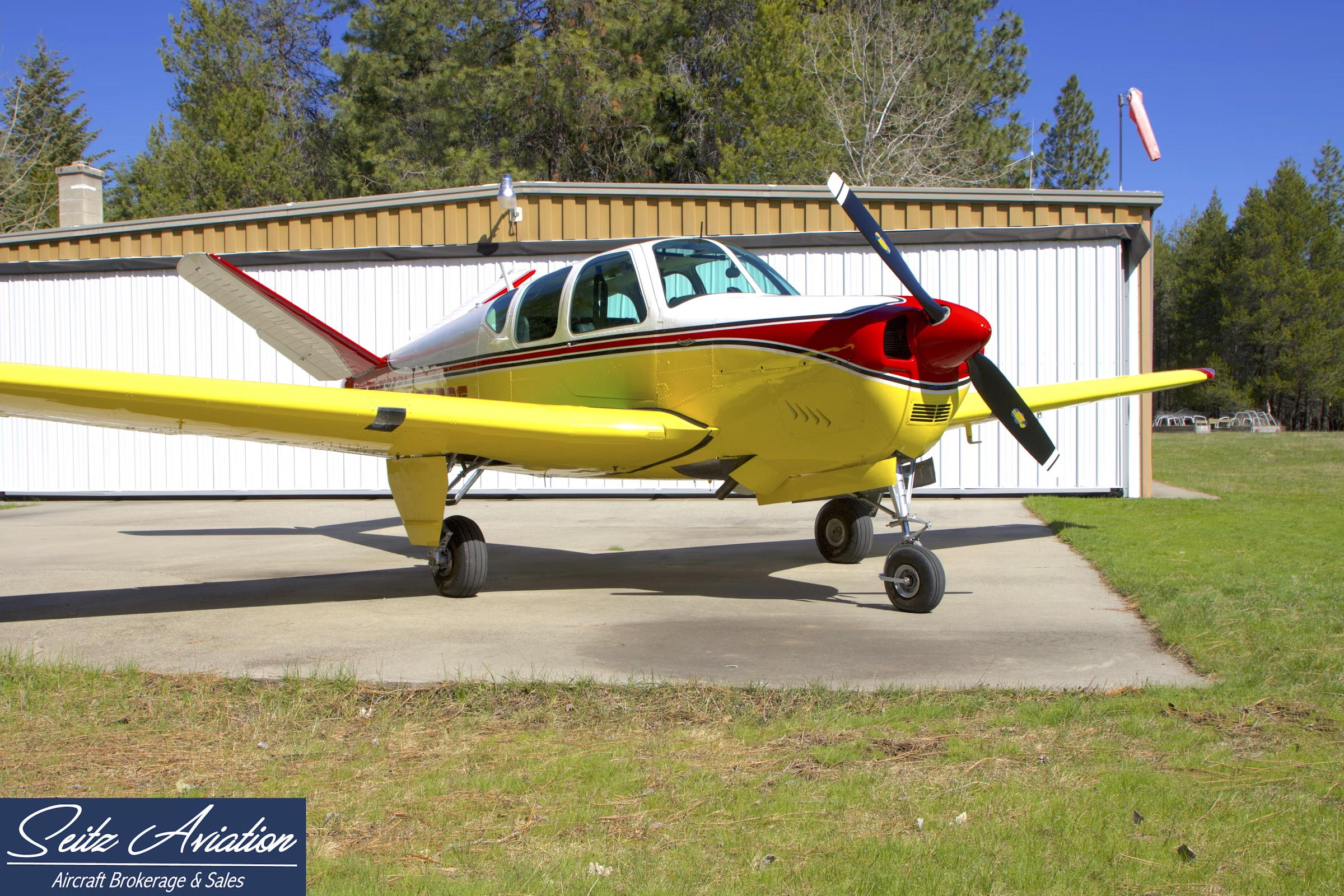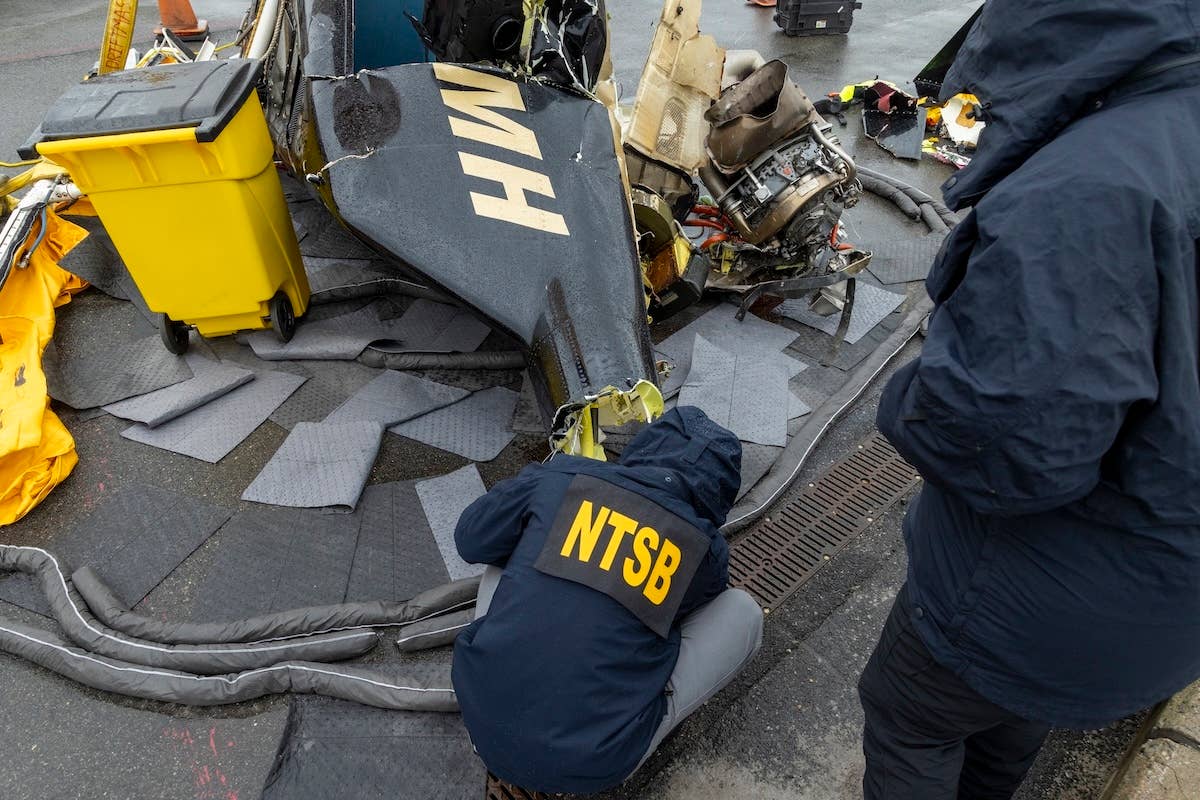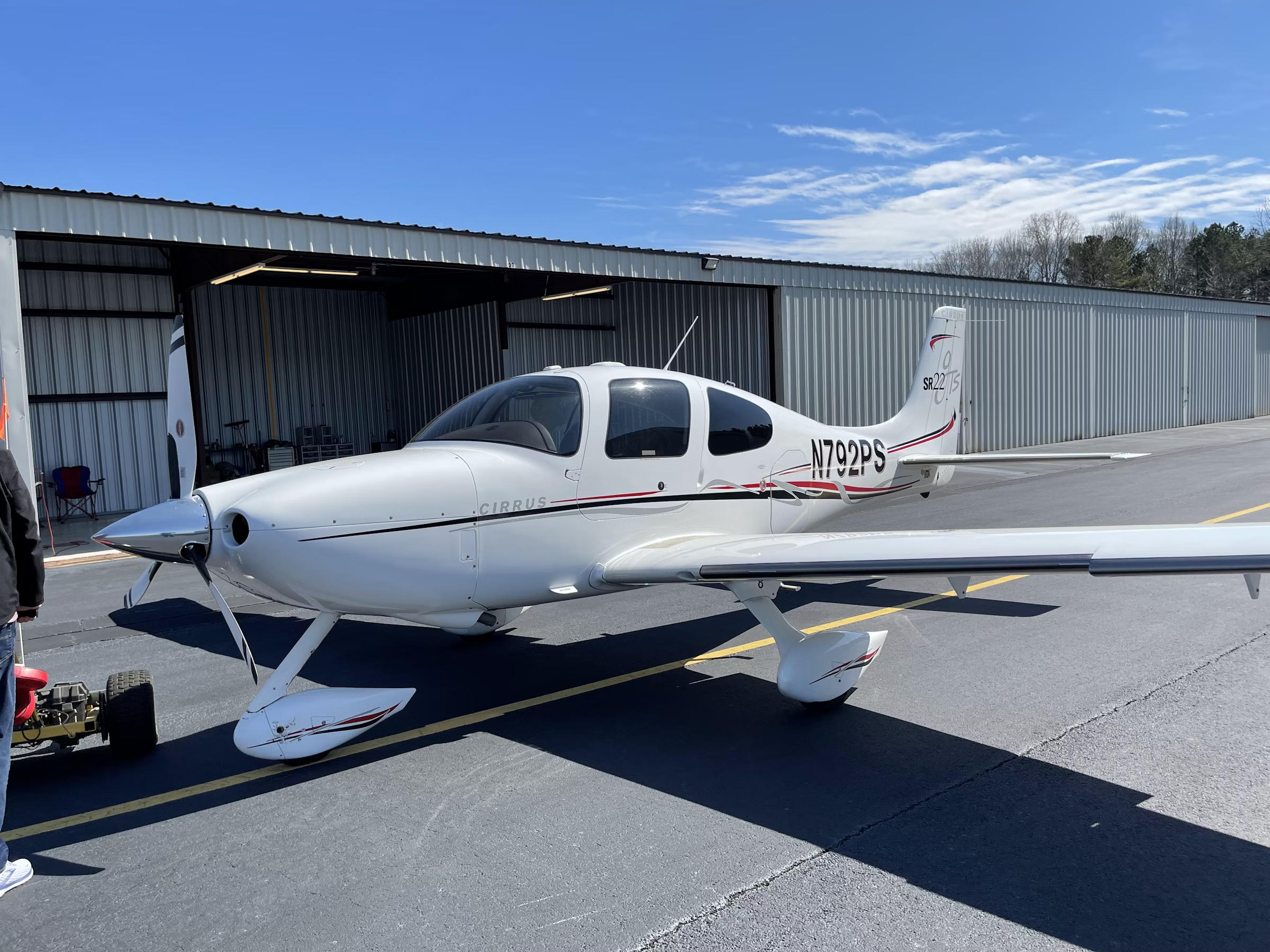FAA Issues Safety Alert for Some Boeing 737 Operators
Warning was issued after a flight crew reported rudder pedals became stuck as its aircraft rolled out on landing earlier this year.

A United Boeing 737 rotating out of Washington Dulles. [Photo: AirlineGeeks | Peter Weiland]
The FAA released a safety alert for operators (SAFO) of some Boeing 737 aircraft Tuesday, citing the potential for jammed or restricted rudder movement.
The SAFO is directed at aircraft equipped with optional Collins Aerospace SVO-730 Rudder Rollout Guidance Actuators (RRGA).
The SAFO, issued this week, identified the potential issue on Boeing 737, 737 -600/-700,-800,-900,- 900ER(737NG) and 737-8, -8200, and -9 (737 Max) series airplanes, noting that the Collins Aerospace SVO-730 RRGA is optional equipment, and not all aircraft have it.
The SAFO was issued after a flight crew of a United Airlines 737-8 reported the rudder pedals were stuck in the neutral position as the aircraft rolled out on landing at Newark Liberty International Airport (KEWR) in New Jersey in February.
The National Transportation Safety Board (NTSB) preliminary report released in March indicated that the servo that activates the rudders may have been adversely impacted by the cold. That determination was made, according to the agency, after the incident actuator and an identical unit from another airplane were cold-soaked and tested in a cold environment, and the actuators’ function was found to be significantly compromised.
In September the agency made urgent safety recommendations to Boeing and notified the FAA about the potential issue involving the rudder of some 737 aircraft in the event the rollout guidance actuator becomes unresponsive.
The NTSB reported that investigators found evidence of moisture in the actuators that had failed, and Collins subsequently determined that a sealed bearing was incorrectly assembled during production of the actuators, leaving the unsealed side more susceptible to moisture that can freeze and limit rudder system movement.
The NTSB said that, “Collins notified Boeing that more than 353 actuators that Collins had delivered to Boeing since February 2017 were affected by this condition.”
According to the FAA, "if the rudder restriction condition is encountered in flight, Boeing recommends flight crews follow the jammed or restricted flight controls non-normal Checklist (NNC). If this rudder restriction is encountered on the ground, use differential braking to maintain runway centerline. Avoid using nose wheel steering above 100 knots indicated airspeed (kias) unless necessary for airplane control as a potential for over-control exists."
Per the Boeing operations manual bulletin, “restricted rudder may also be identified during a dual autopilot approach on airplanes equipped with fail operational autoland systems with RRGA installed. The autoflight system conducts a test of the autopilot rudder servo after capturing the localizer or glideslope, when below 1,500 feet to verify servo functionality by initiating a small movement of the rudder.”
If there is an issue with the RRGA, a “NO LAND” message will alert the flight crew, which can then abort the landing and climb to a safe altitude to follow the company approved procedures for jammed or restricted flight controls.
The full FAA SAFO may be found here.

Sign-up for newsletters & special offers!
Get the latest FLYING stories & special offers delivered directly to your inbox






